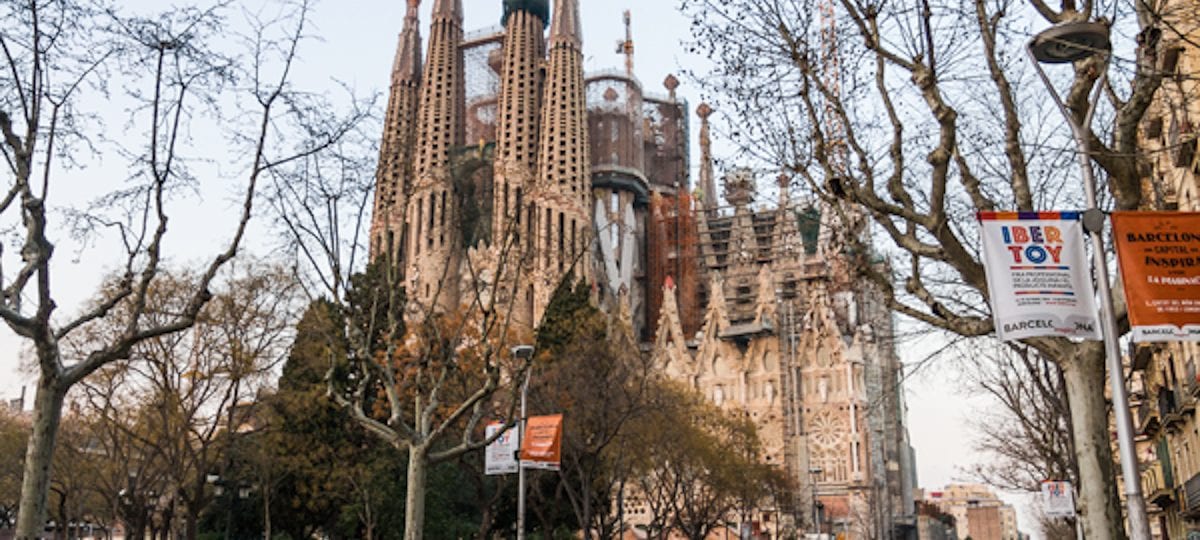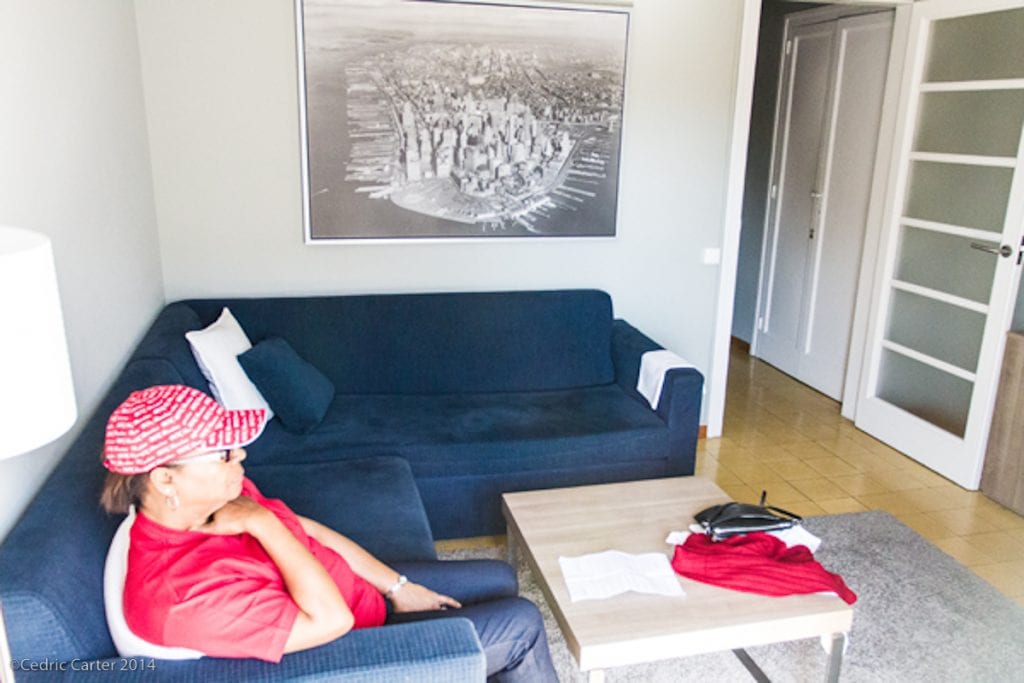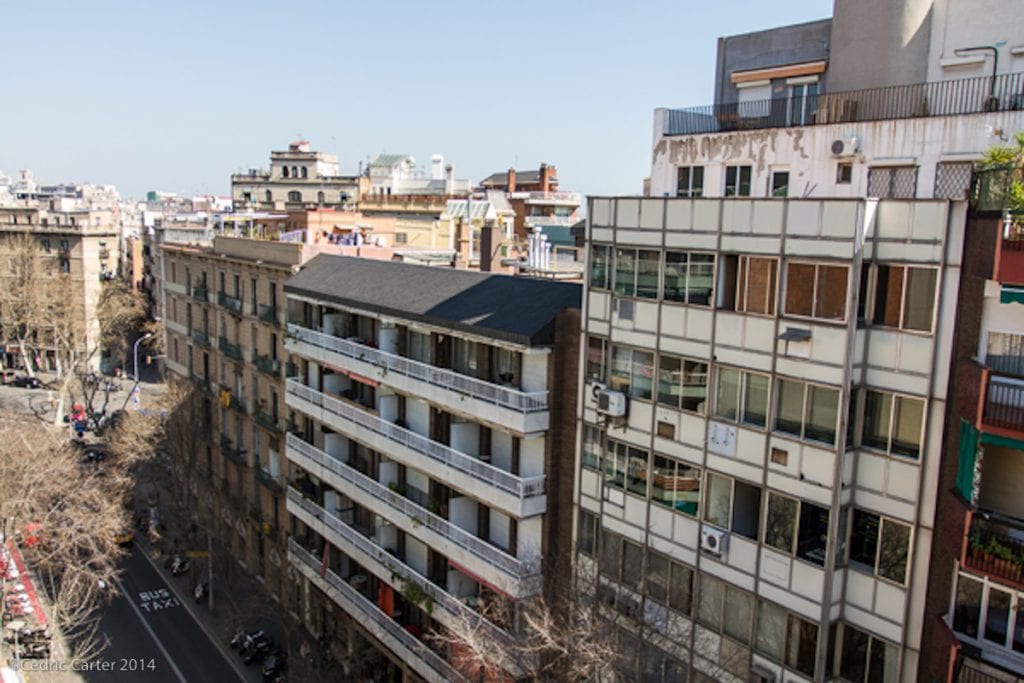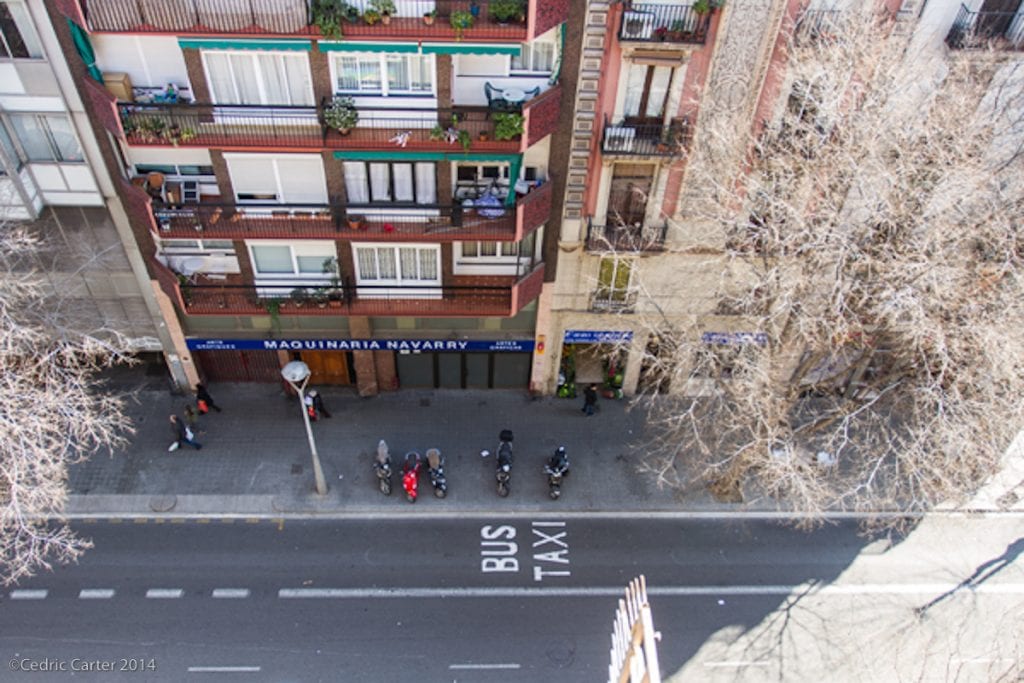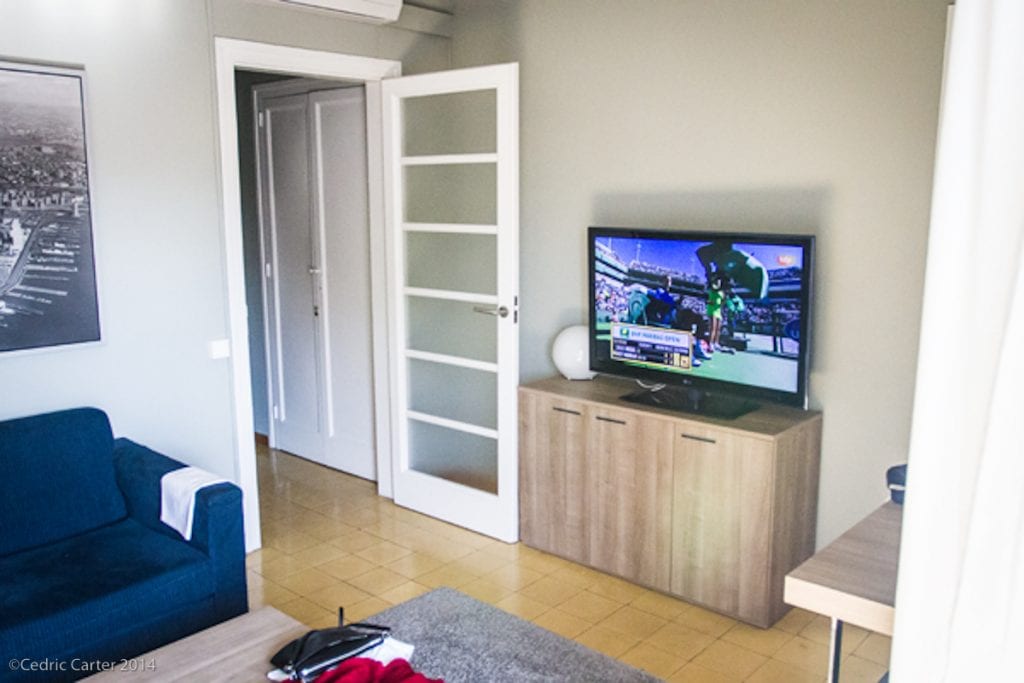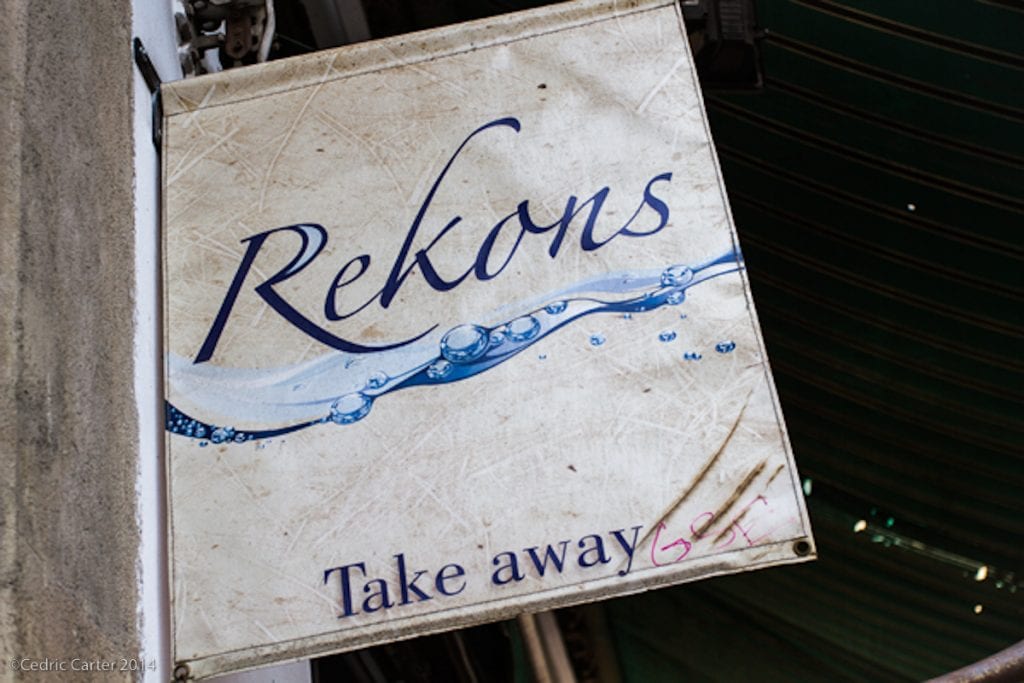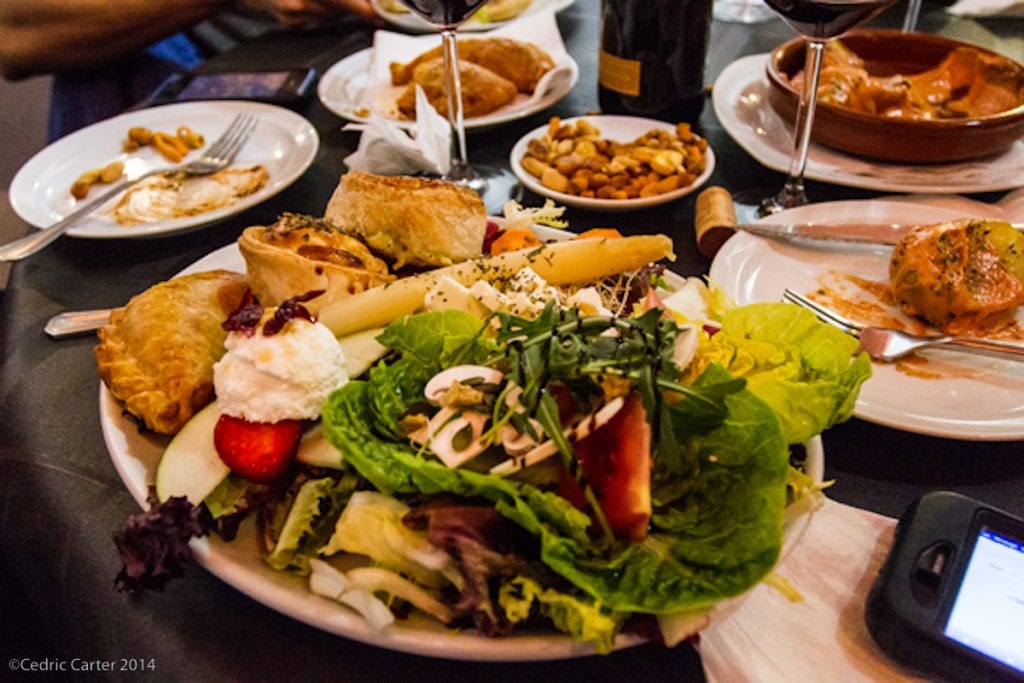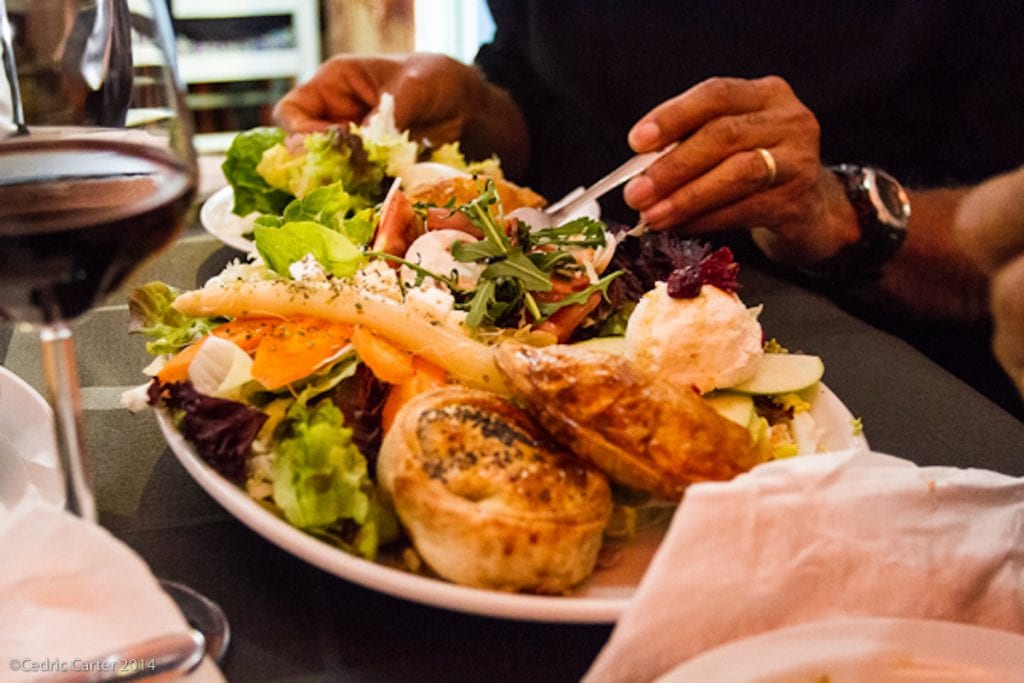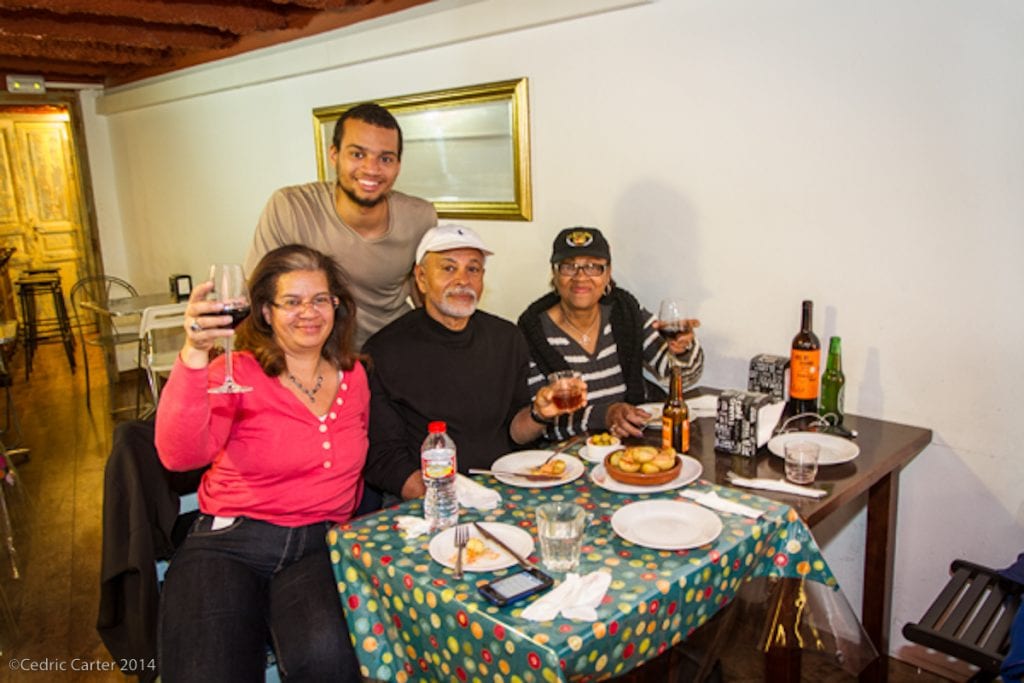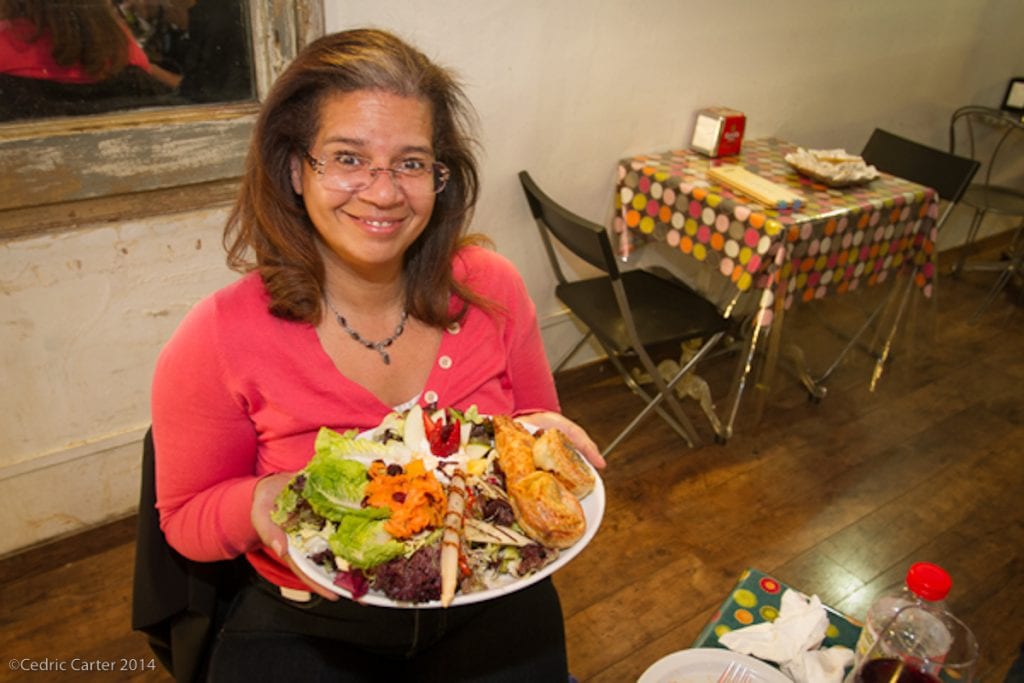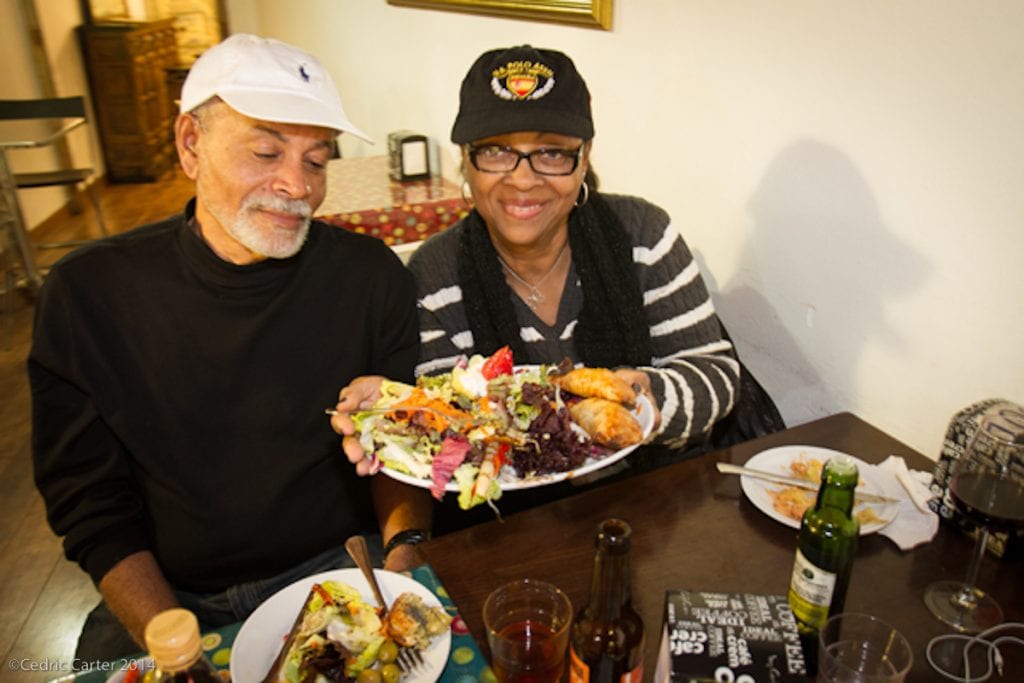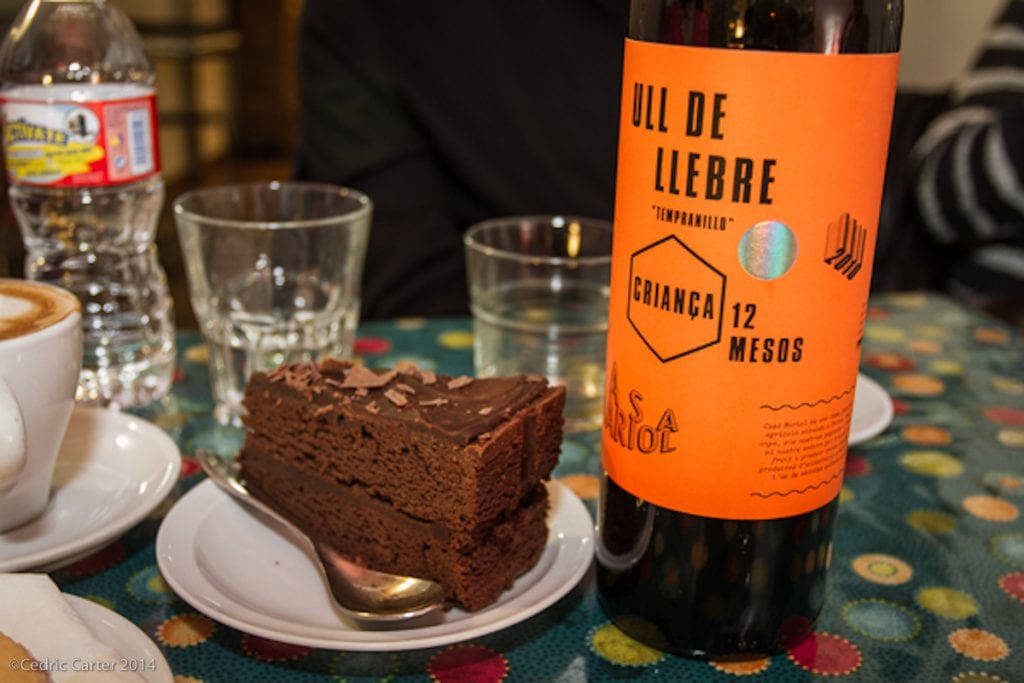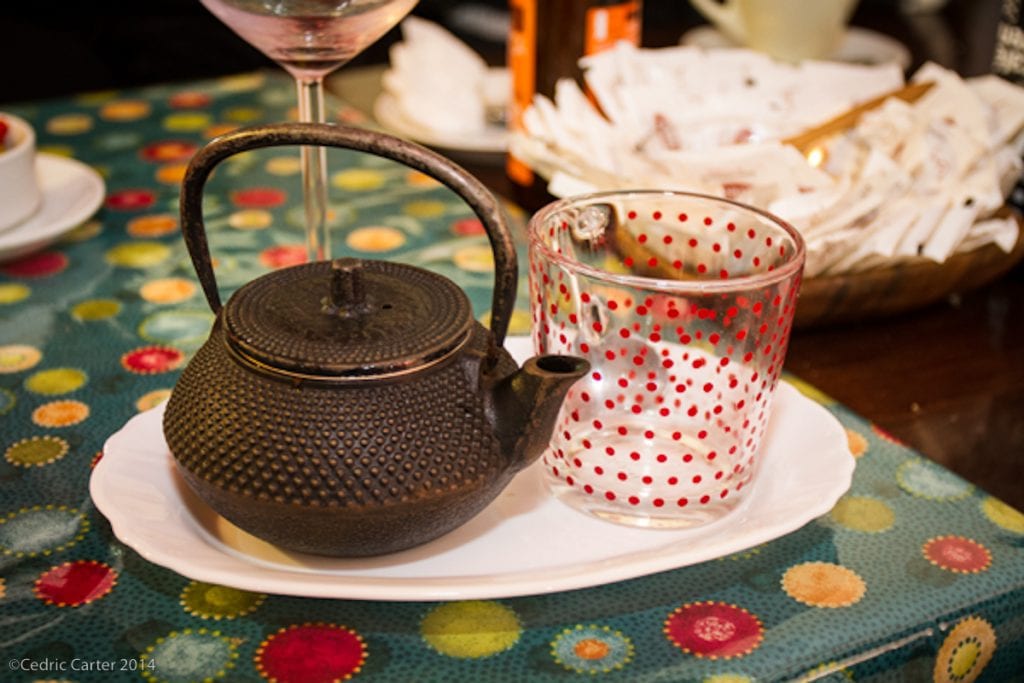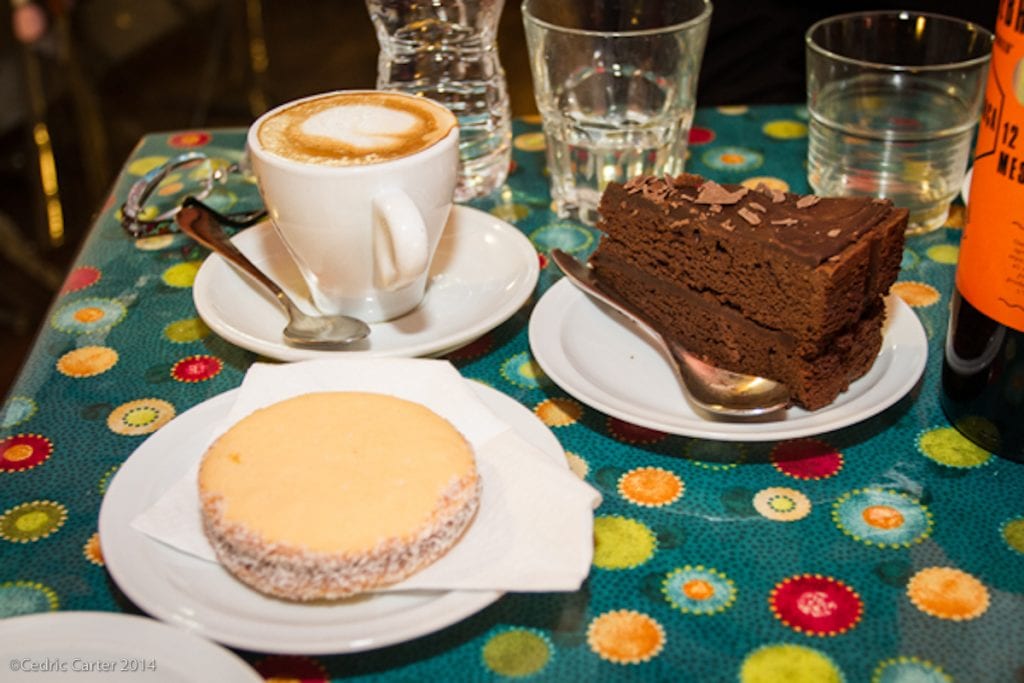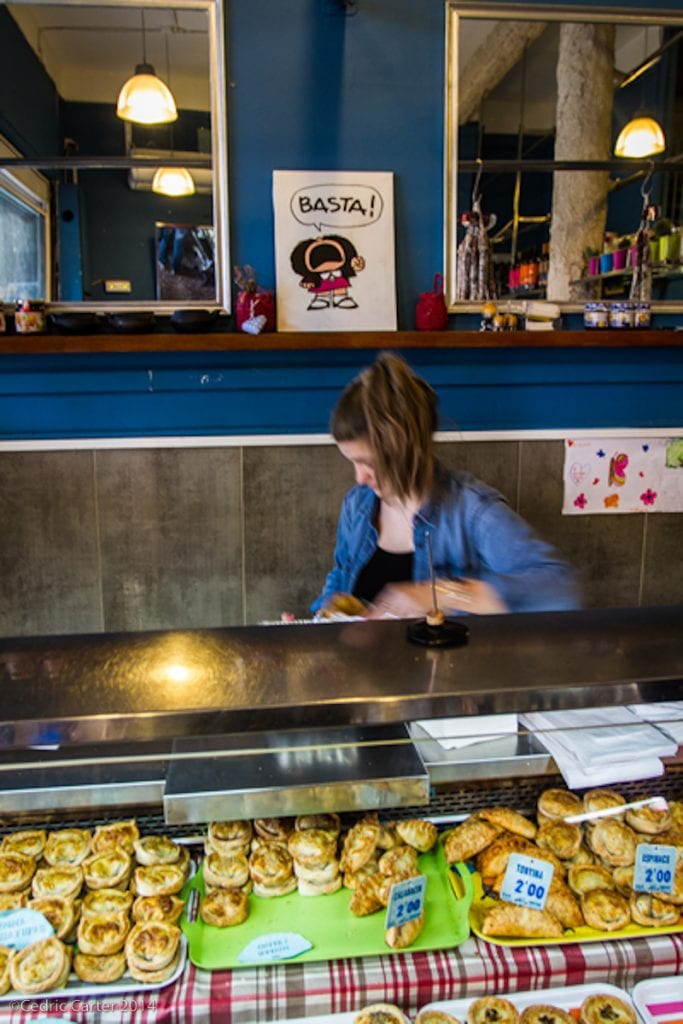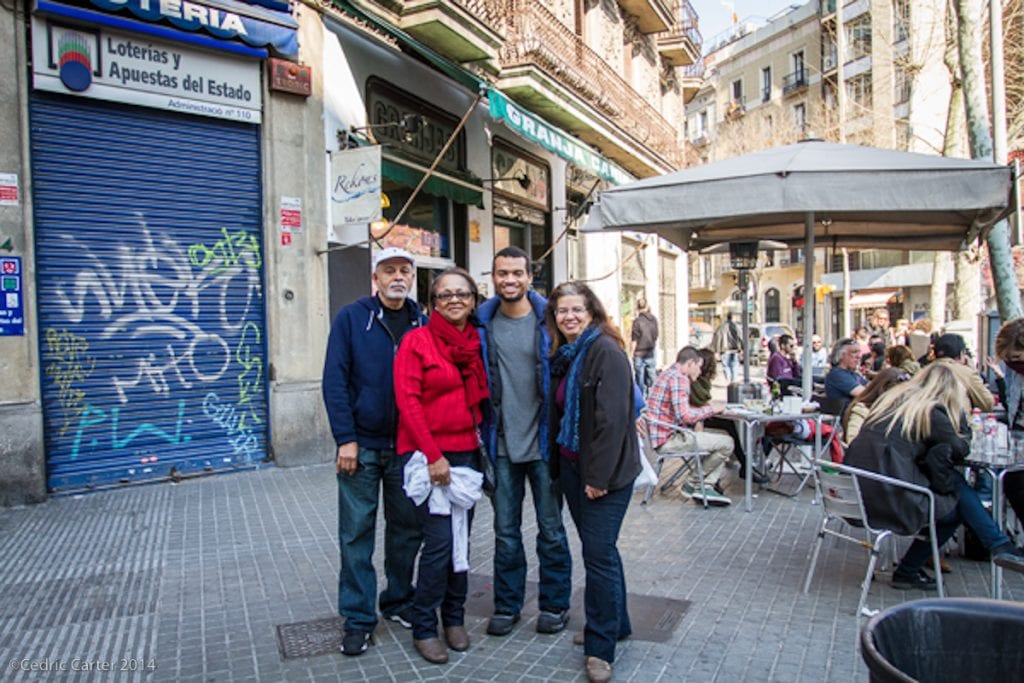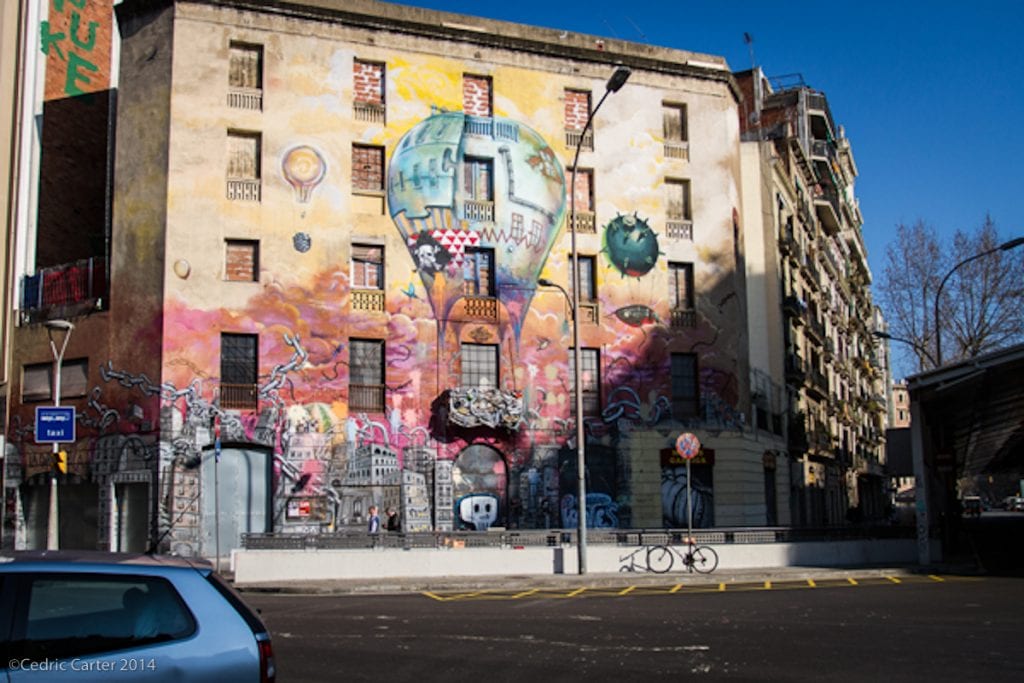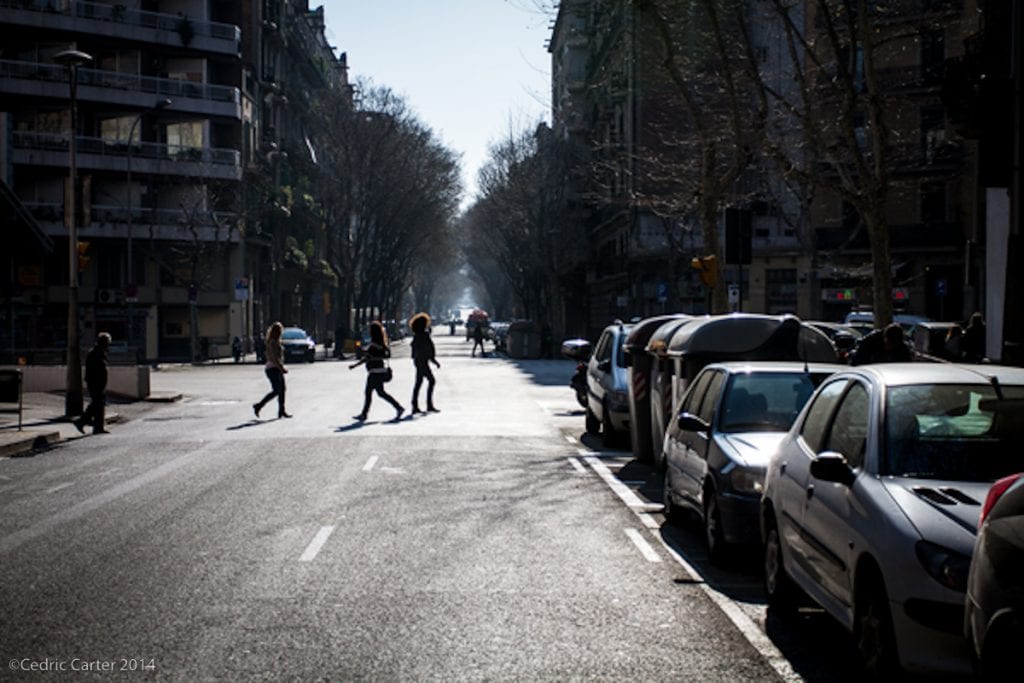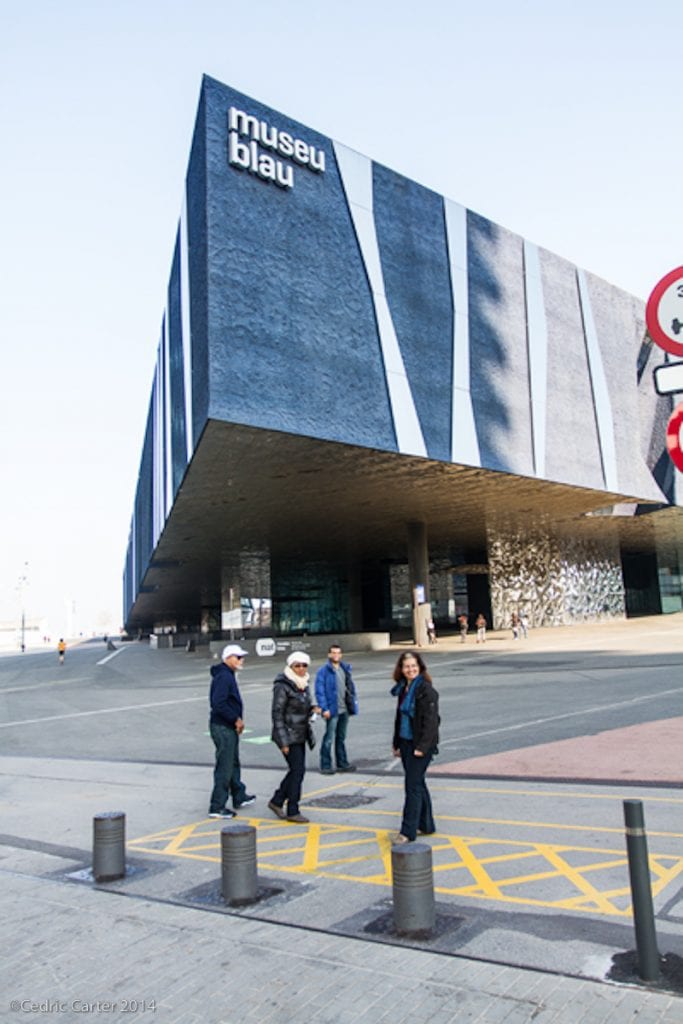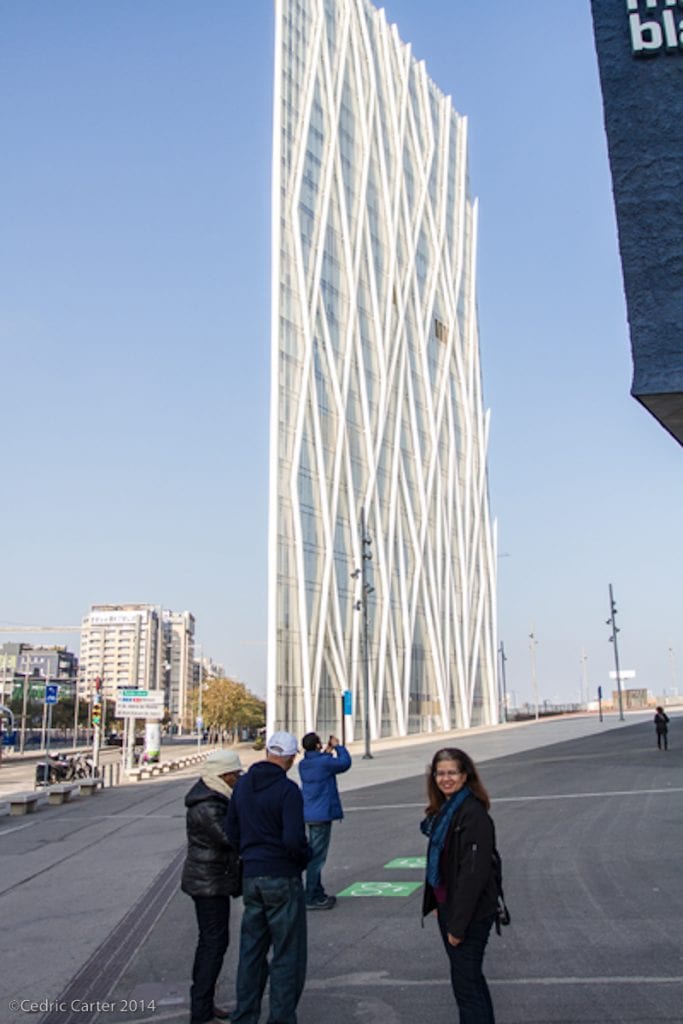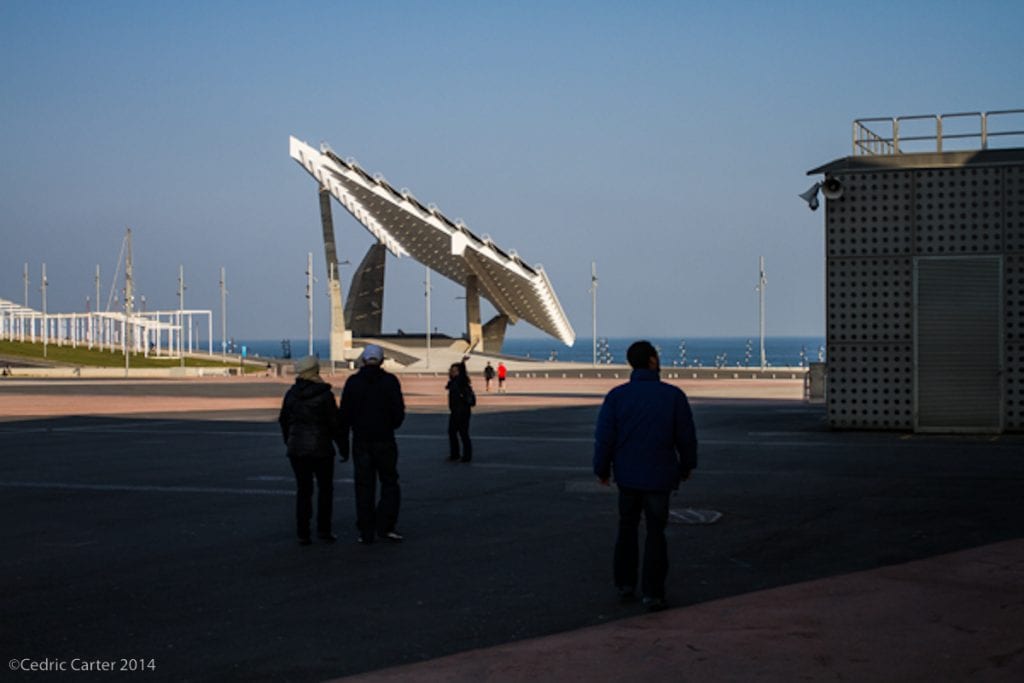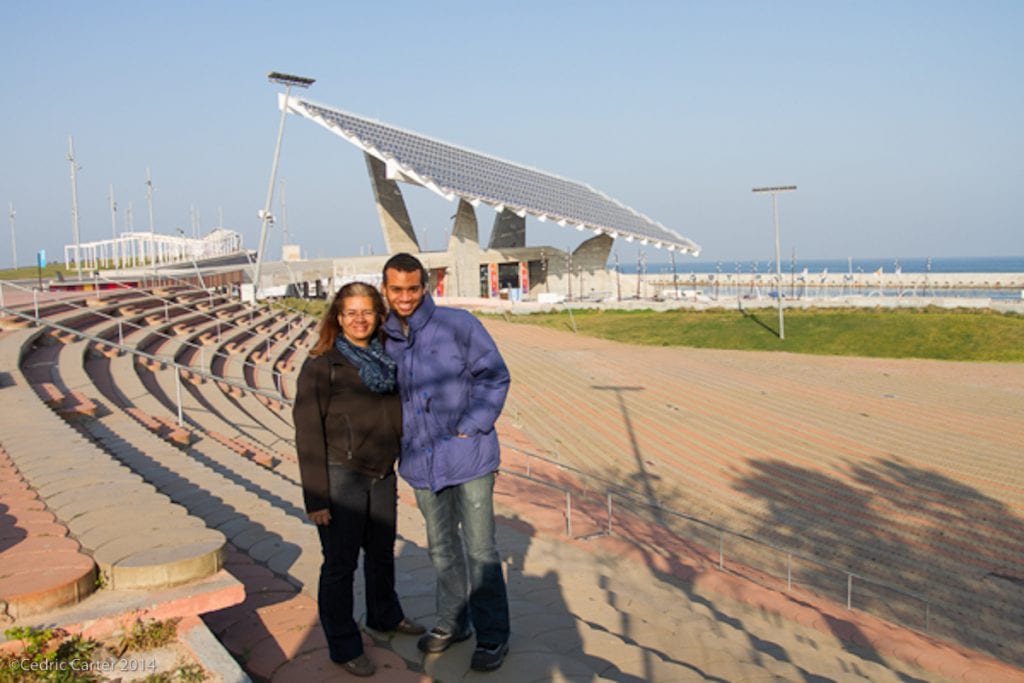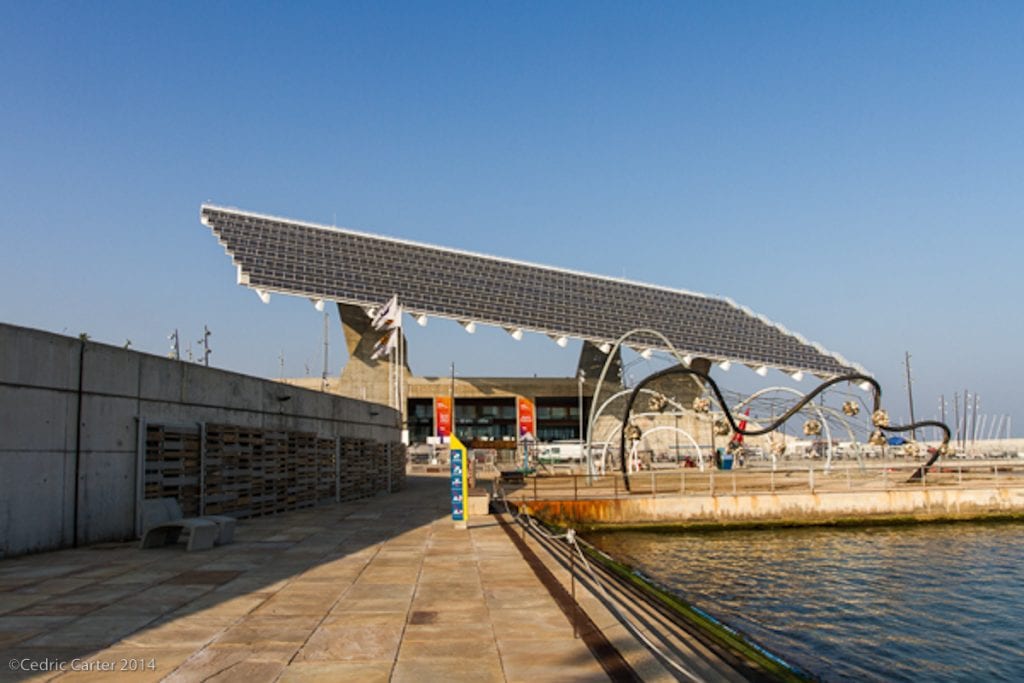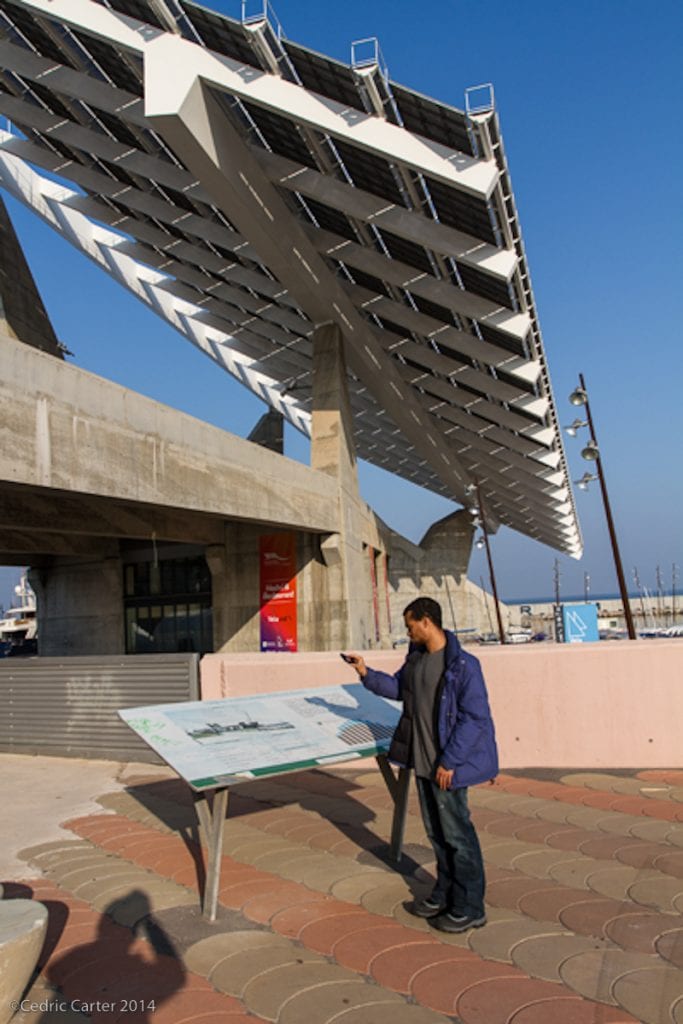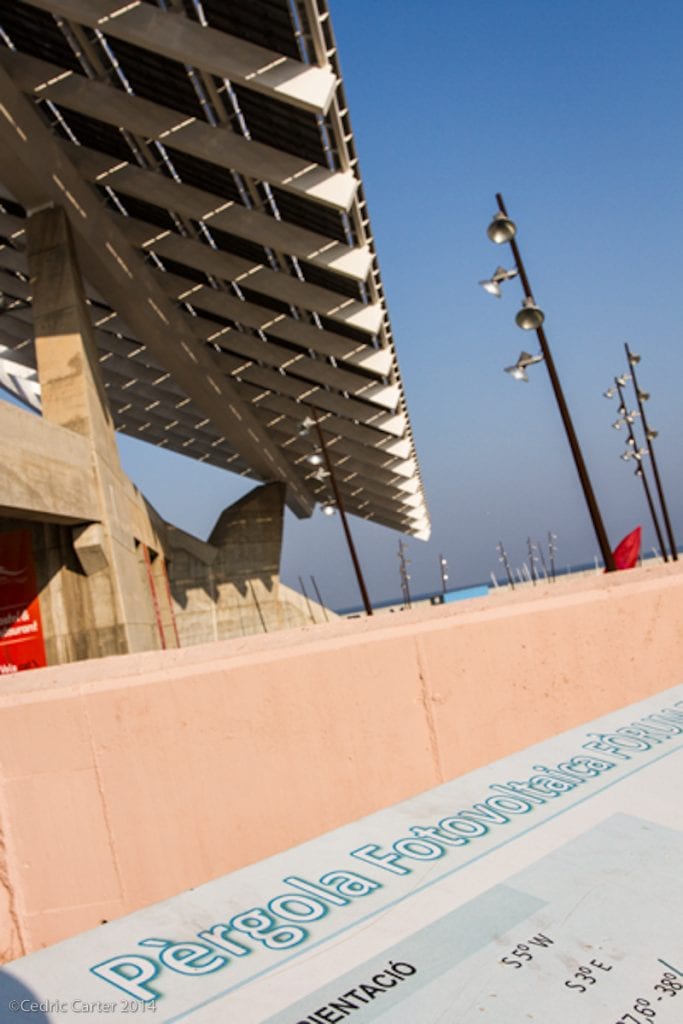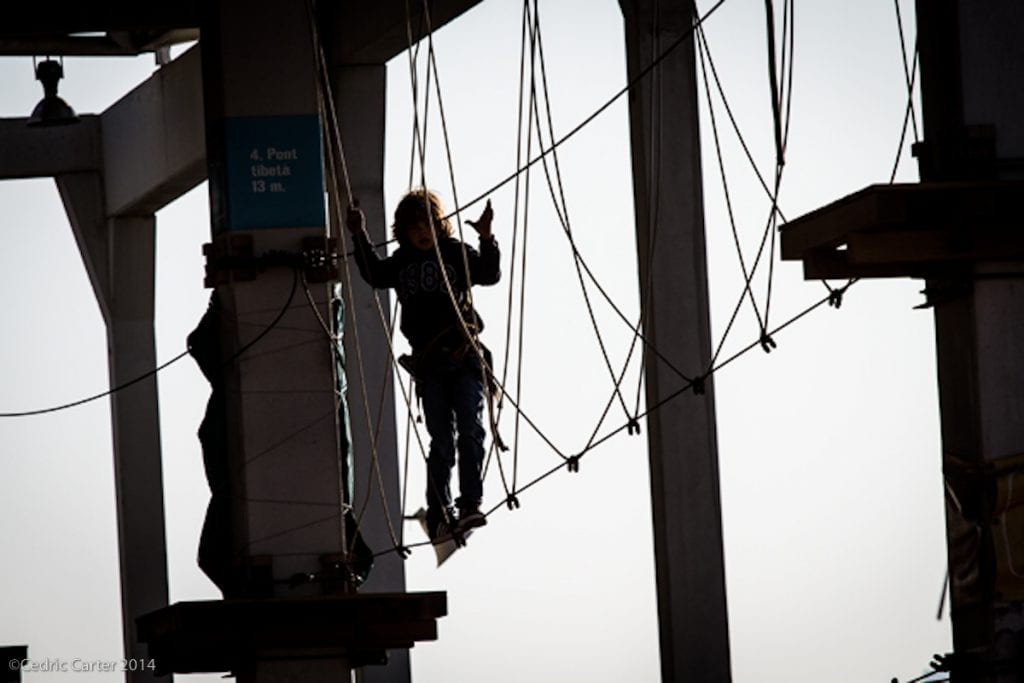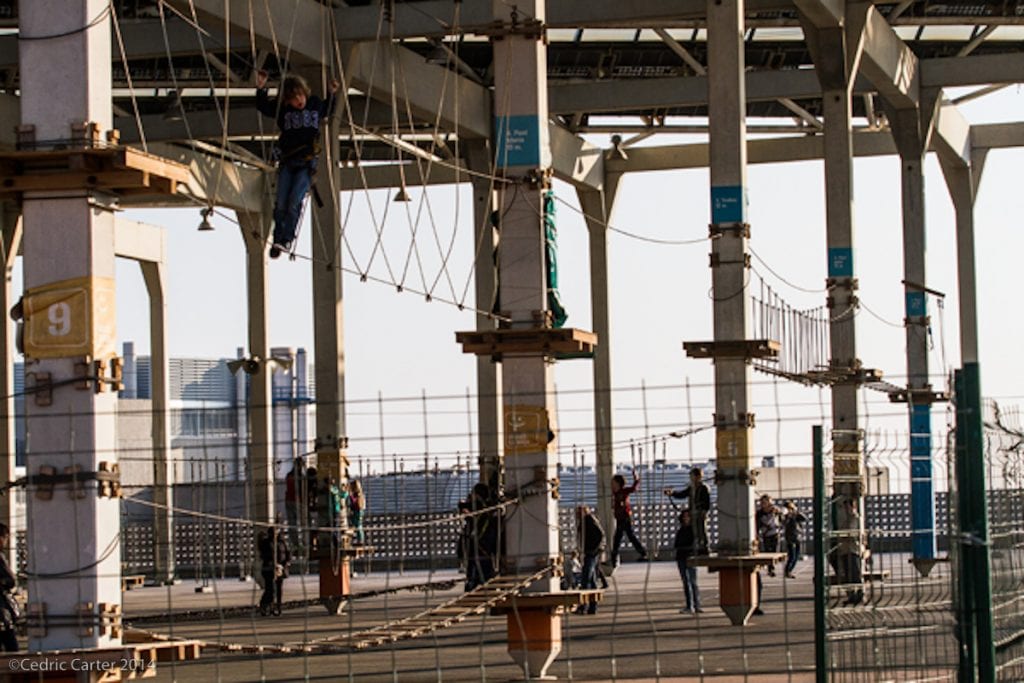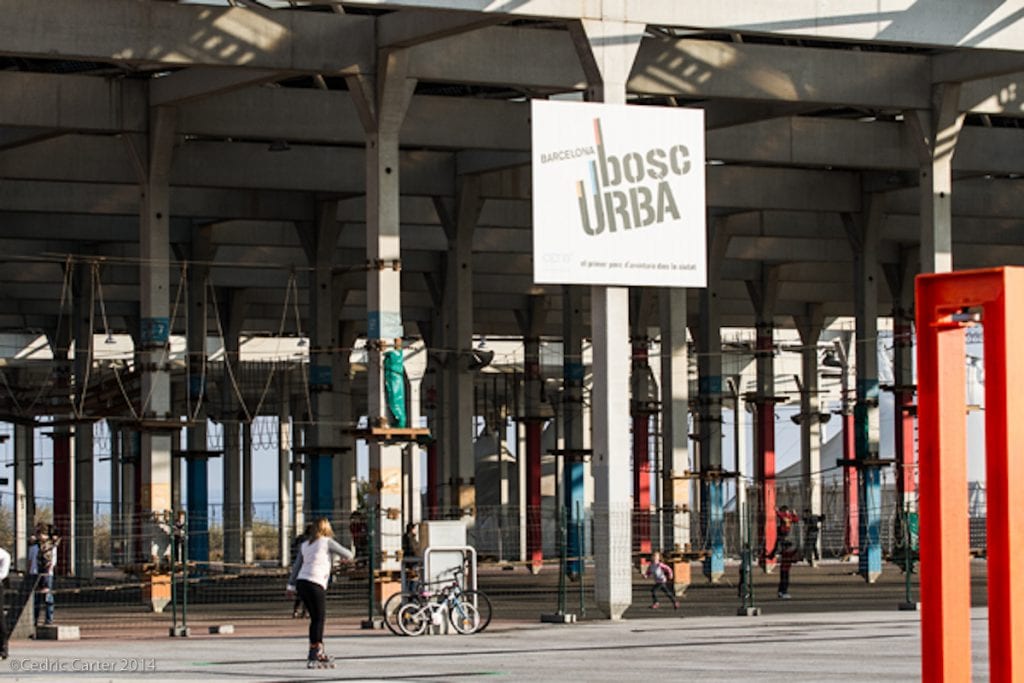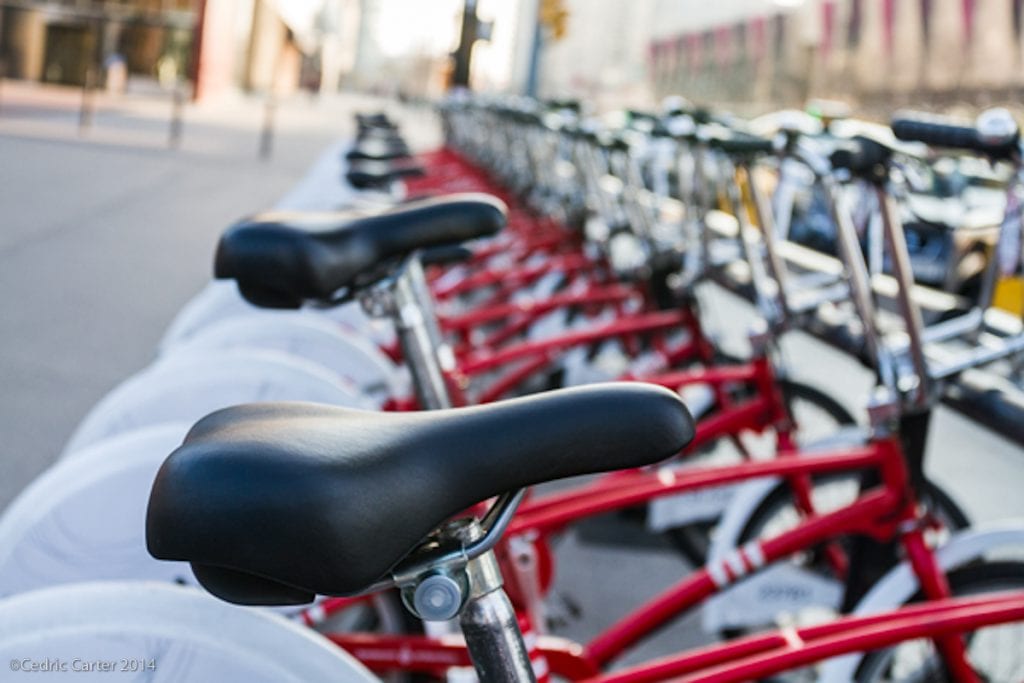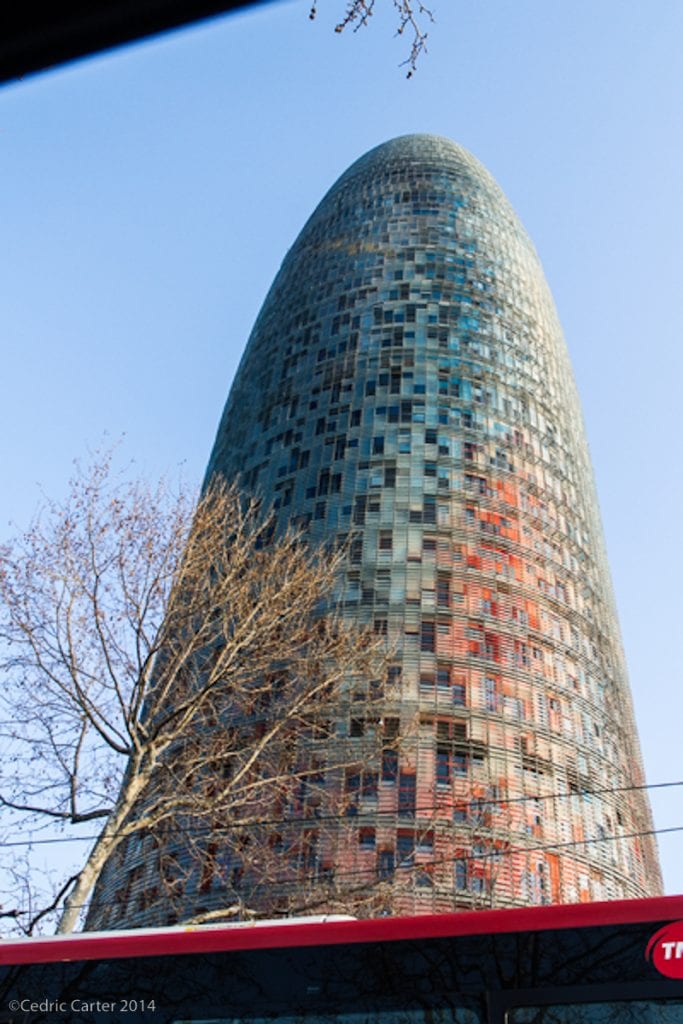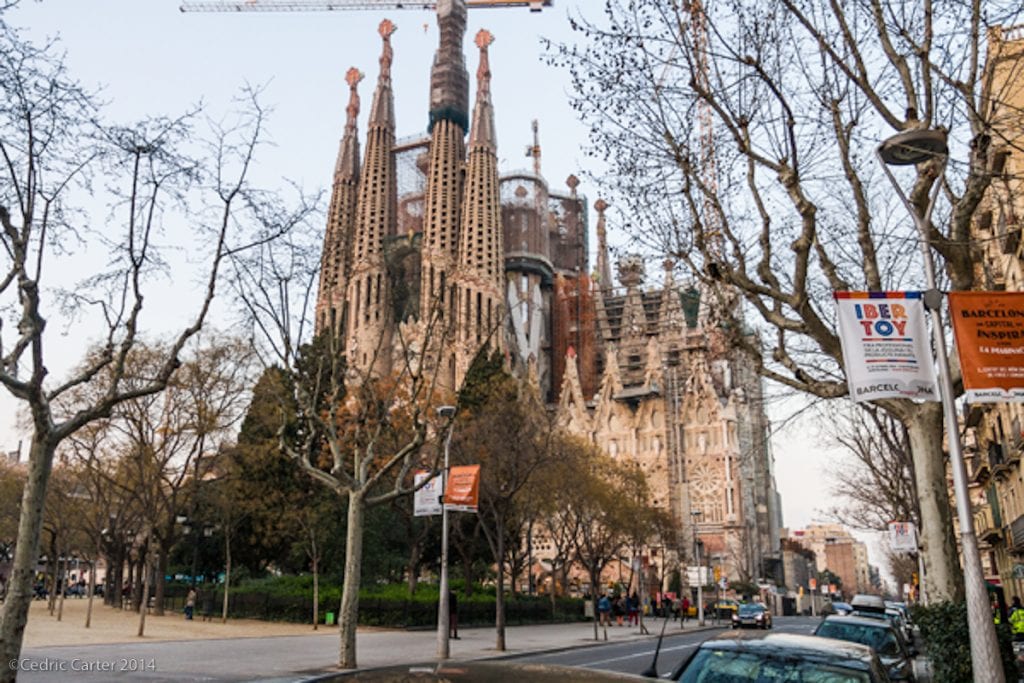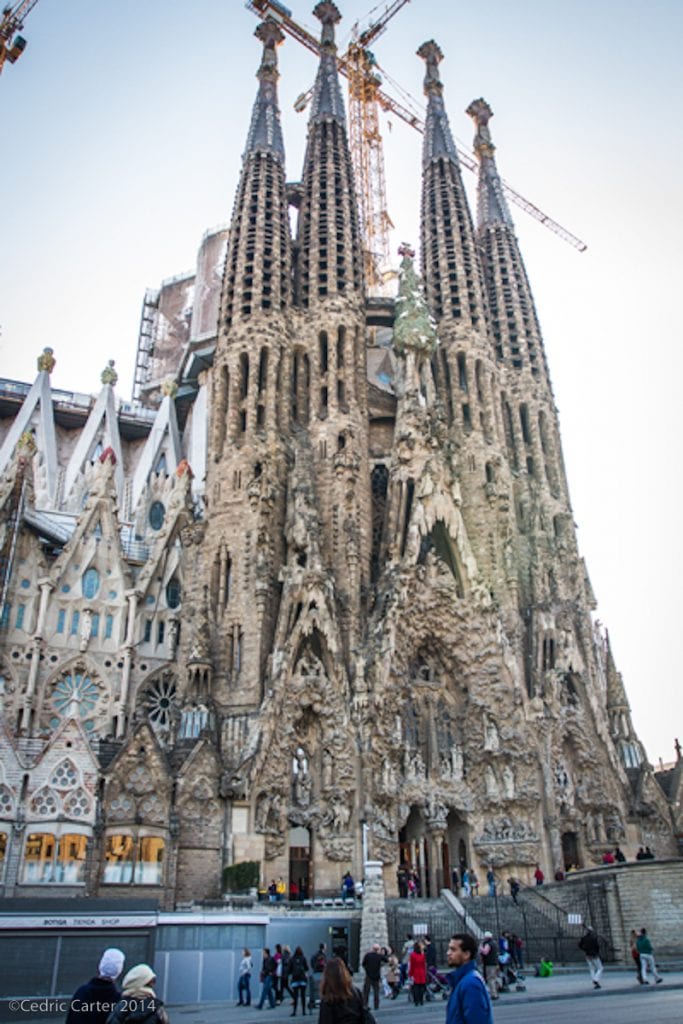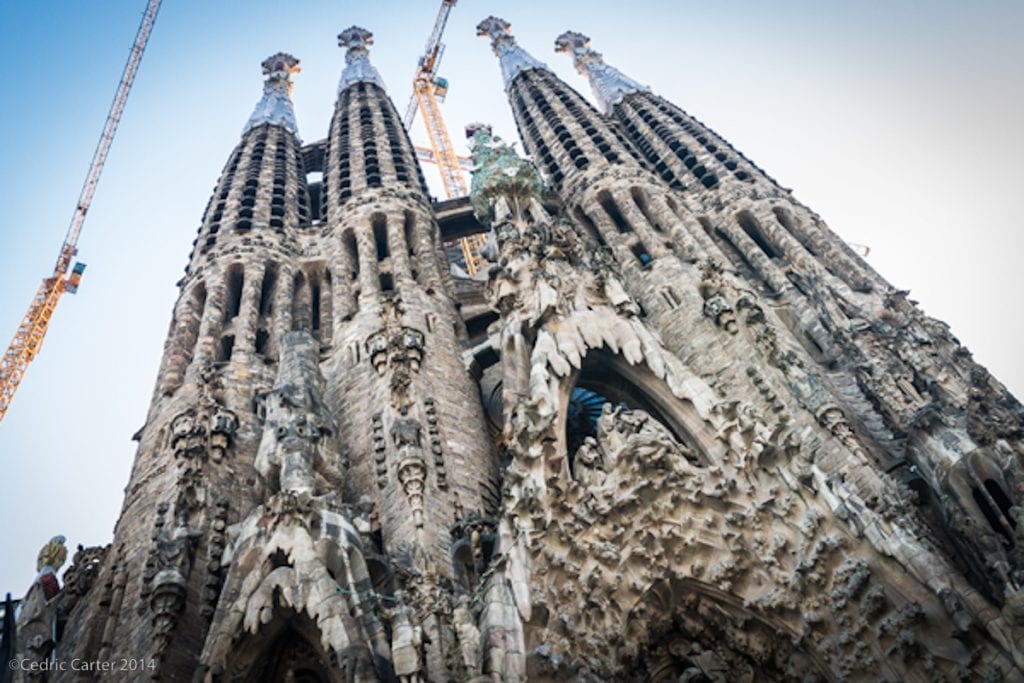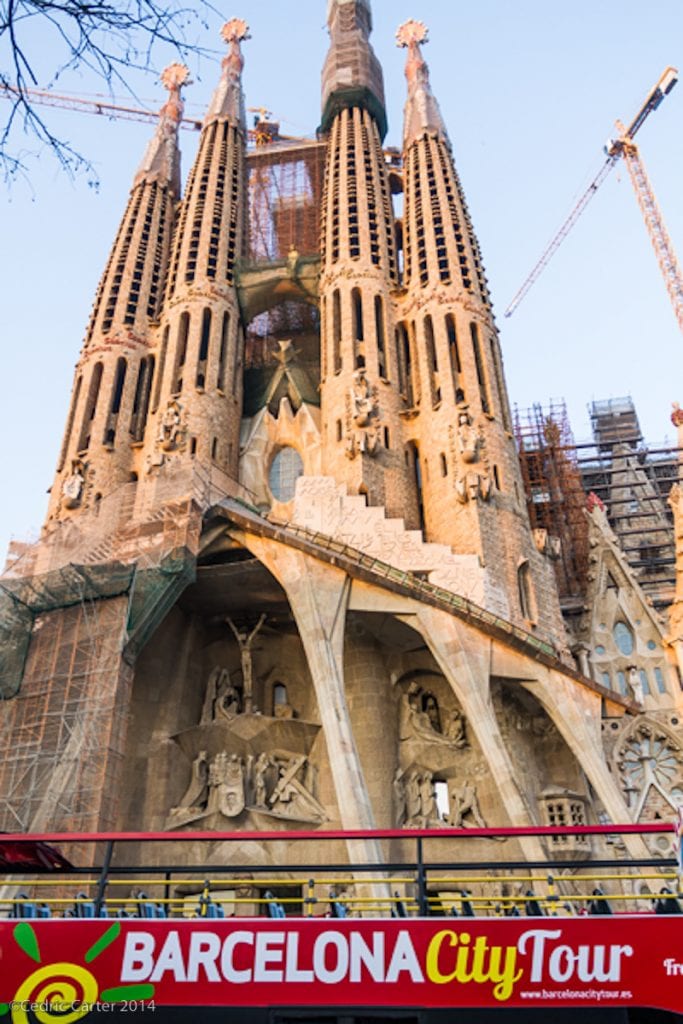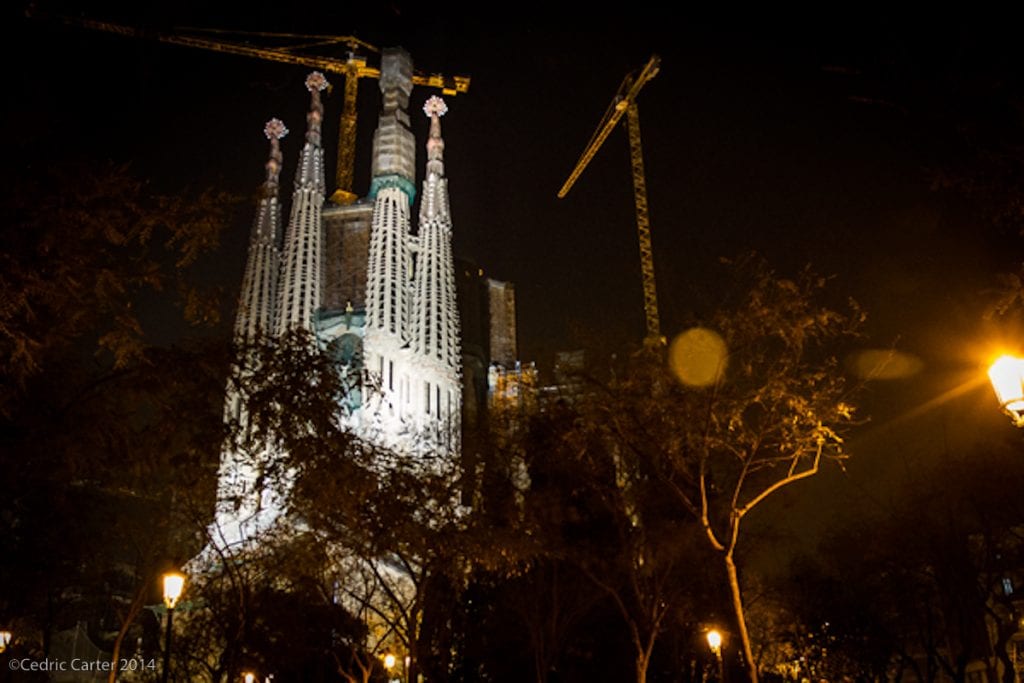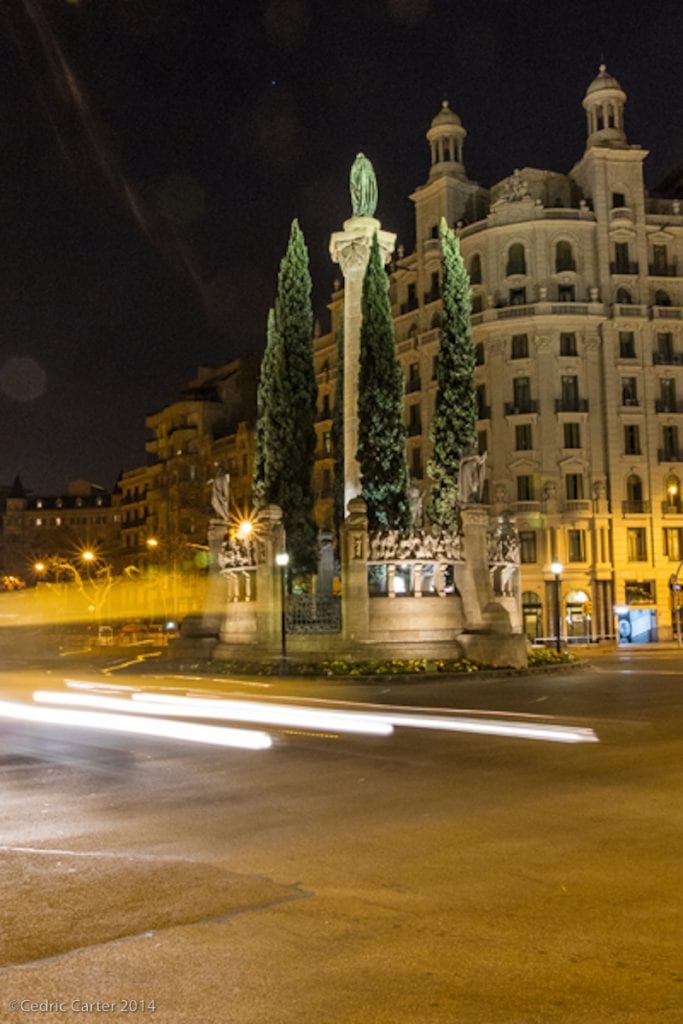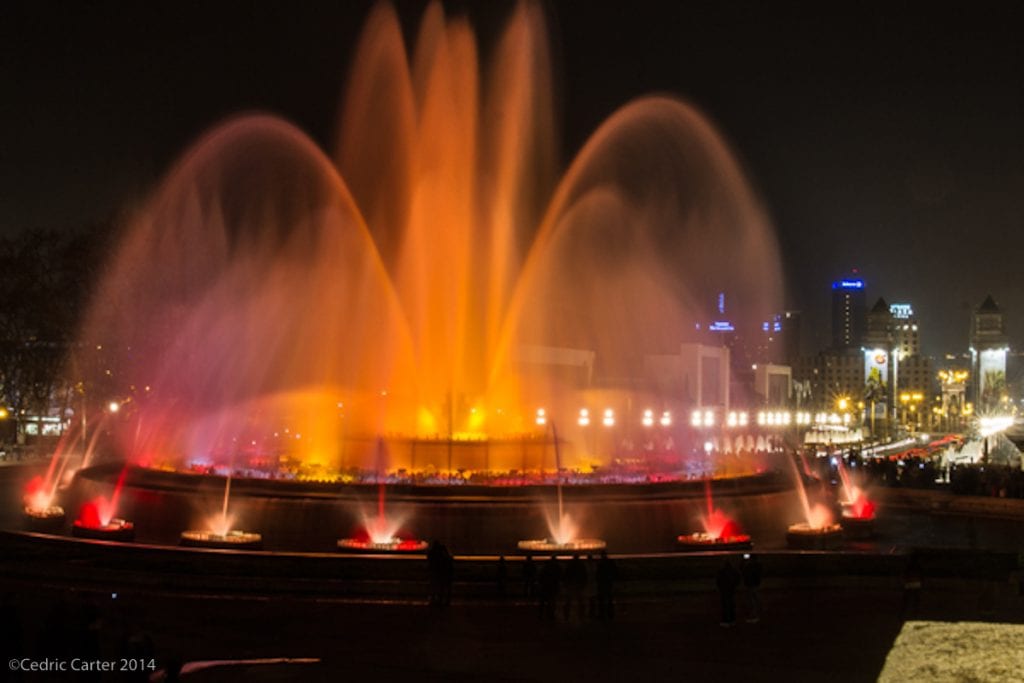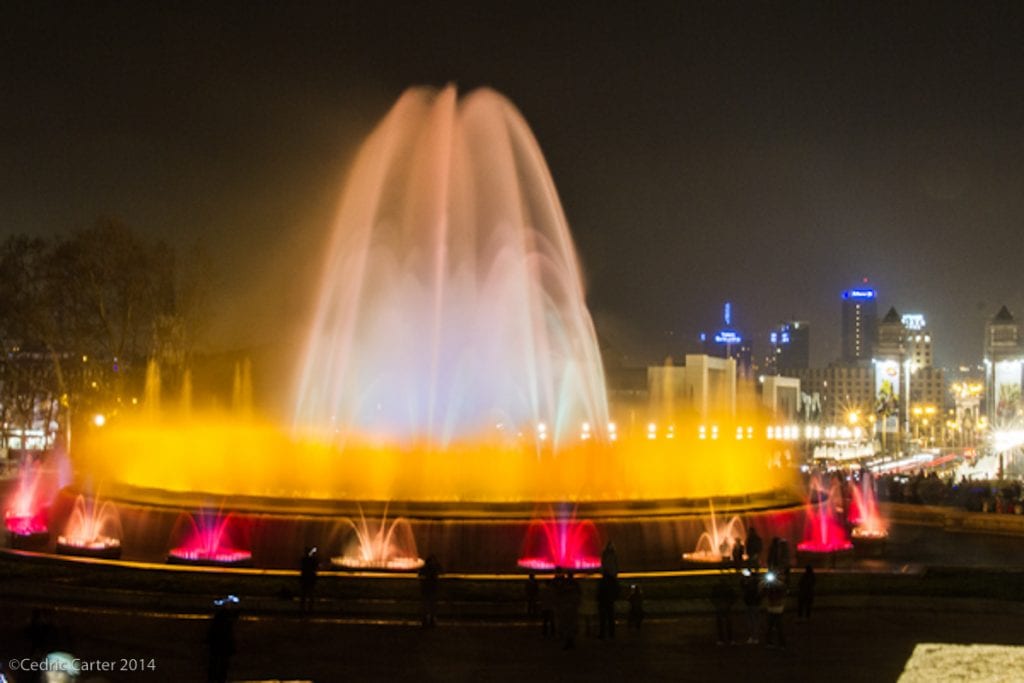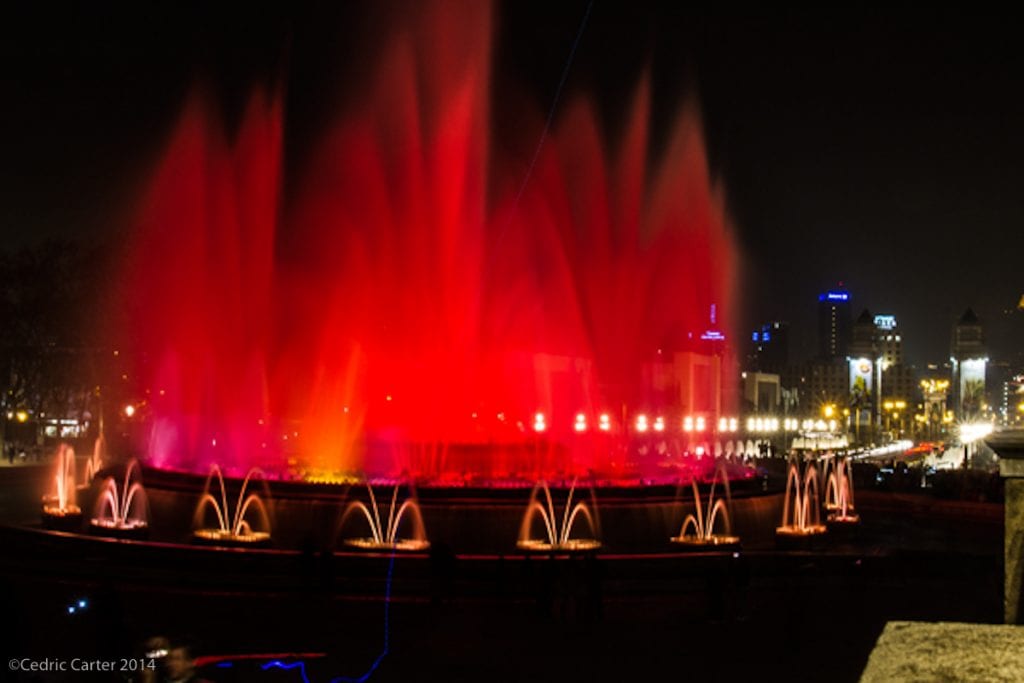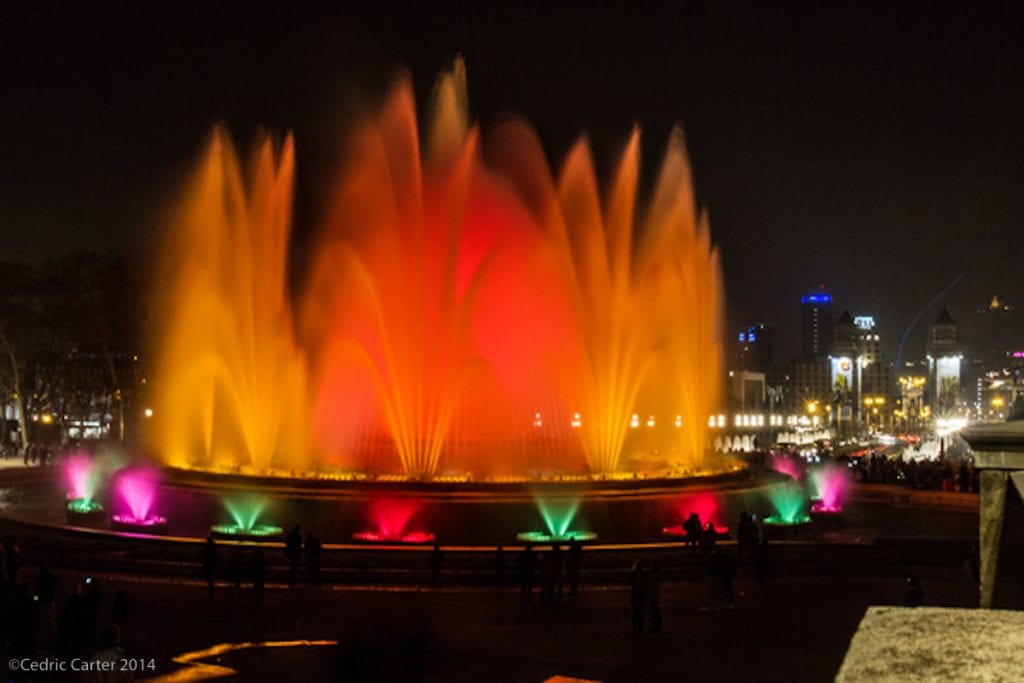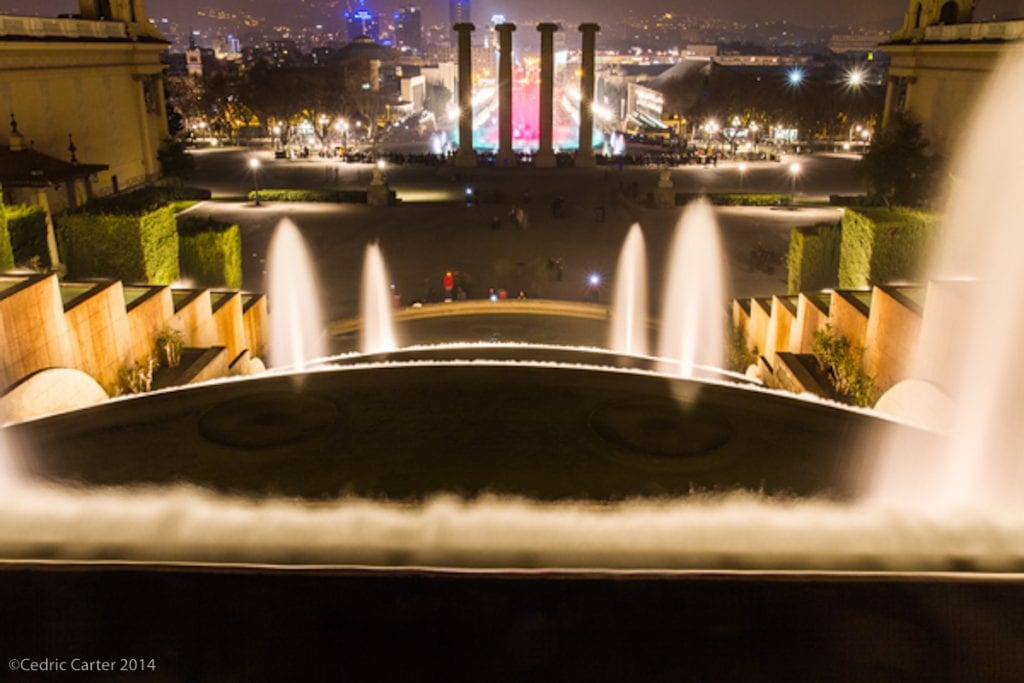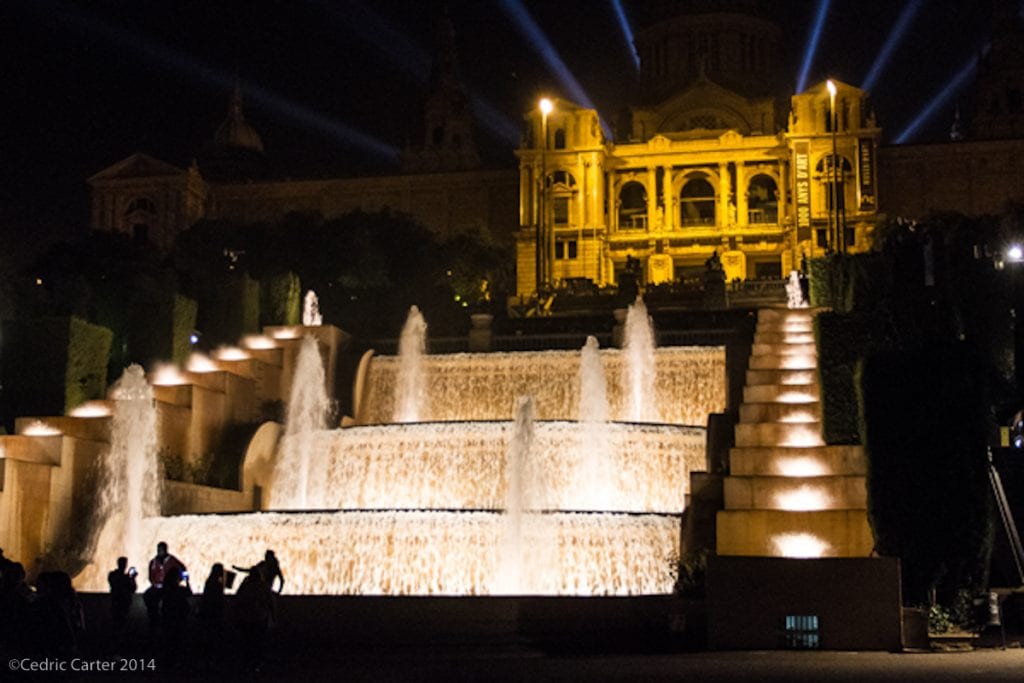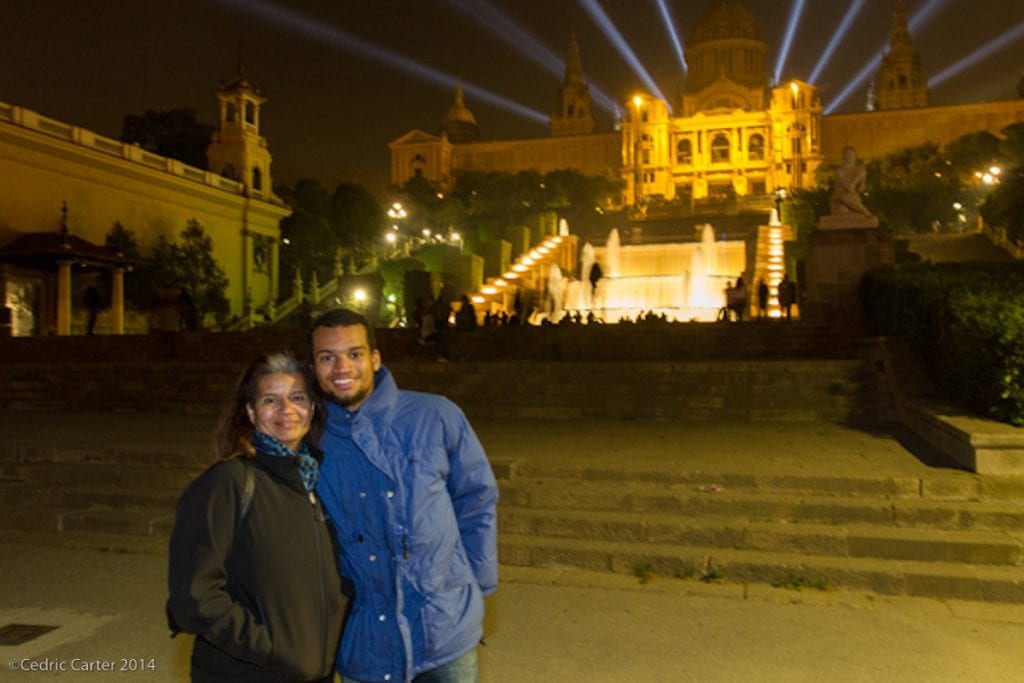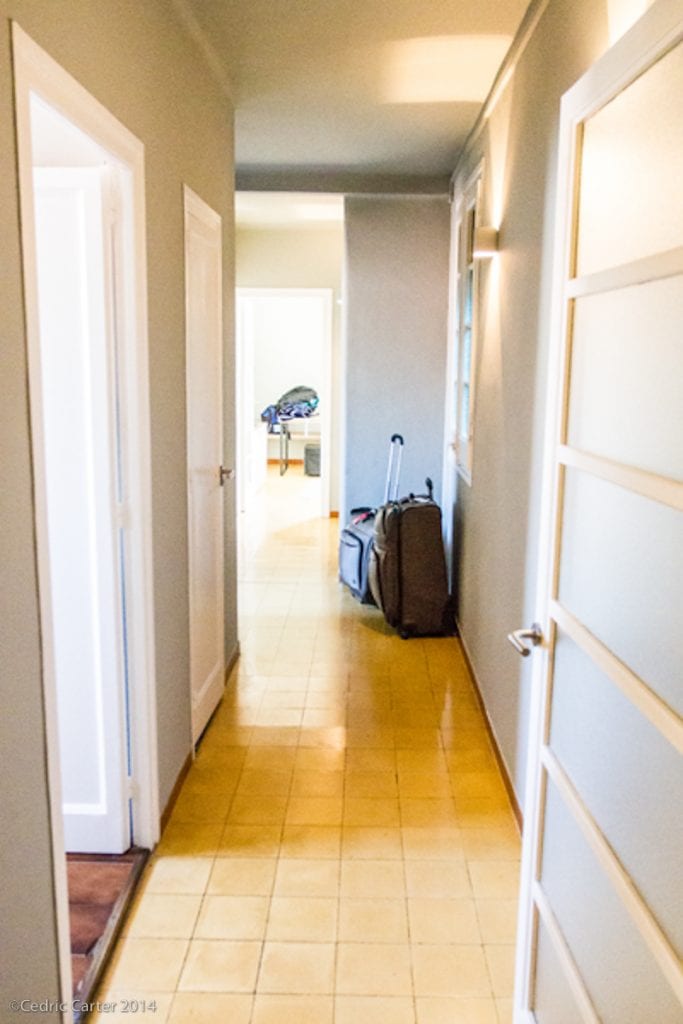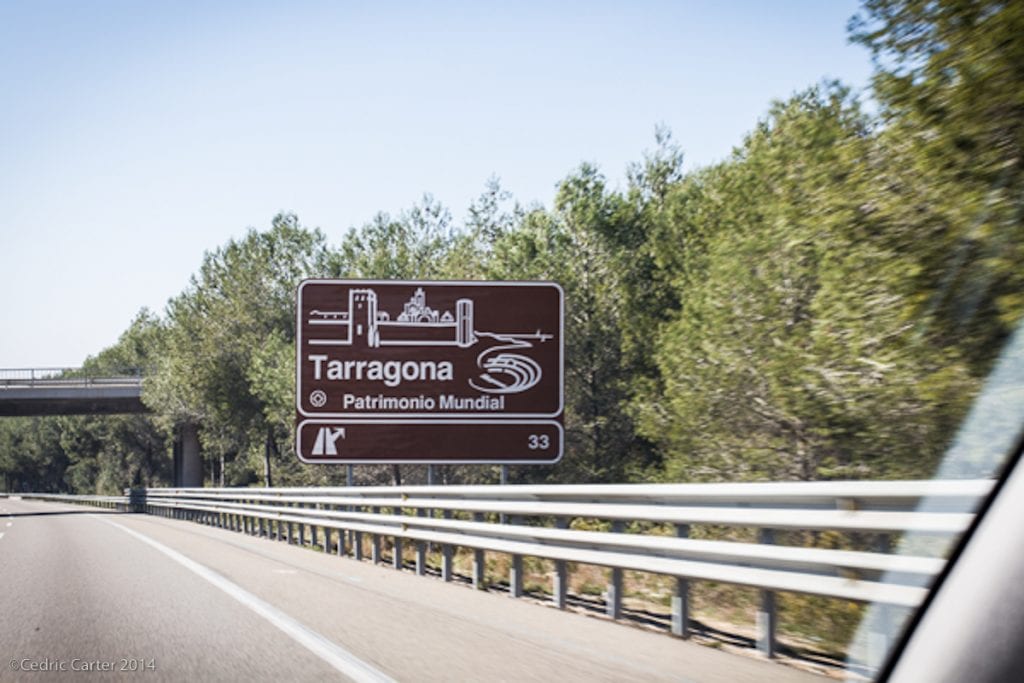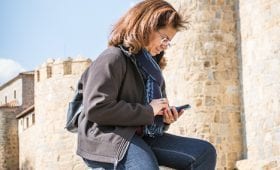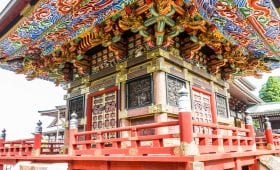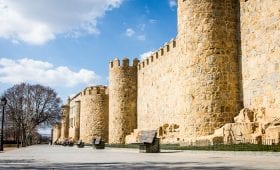Our Travels • Barcelona, Spain
After our amazing cruise, we were excited to explore Barcelona. Barcelona is the capital city of Catalunya (an autonomous community of Spain) and the second largest city in Spain, after Madrid, the country’s capital.
We stayed at the Exclusive Centric II apartments in the L’Eixampleneighborhood, close to many major attractions and a five minute walk to the Urgell and Sant Antoni Metro stations in Barcelona making it super easy to get around. I’d contacted the apartment staff in advance and requested an early check-in since the usual check in times for apartments tend to be after 4PM local time. We were very fortunate that they could accomodate our request.
We quickly settled into our apartment which was conveniently located near a grocery store, produce market, bakery, shopping, and several restaurants and bars. As you can see from the views from our balcony, we were in the heart of the city.
Our apartment was in an older building, but provided all of the major modern conveniences including an elevator, updated kitchen and a washer. Any time you rent an apartment, especially in Europe, always confirm whether there’s an elevator!
After a quick trip to the grocery store across the street for some essentials, we used two of our favorite apps, Tripadvisor and Yelp, to check out our dining options. Rekons was high on both lists with great reviews and prices. The fact that it was only a block away sealed the deal!
Rekons is essentially an Argentinean restaurant that specializes in empanadas, small flaky pastries filled with meat and/or vegetables. They’re great for a quick meal on the go, so a lot of Rekons business is take-away. But if you have the time and are lucky enough to nab a table, there’s a great vibe here. They played a lot of upbeat music that was just the right level for great conversation and everyone just seemed to be having a really nice time. We really felt like locals, and that’s a feeling that nearly impossible to duplicate.
Our waitress could not have been better, even with my elementary Spanish, so I was able to secure a great table upstairs. Fortunately, she was more fluent in English than I was in Spanish, so wherever my Spanish stumbled, she picked up the slack, helping to make us all feel very comfortable. I’m sure the great bottle of wine that was included with our order was a HUGE help in that regard as well!
Oh… and do NOT pass on their patatas bravas, just about every bar or casual restaurant in Spain has them, but their version was totally delish!
As you can tell by the smiles, Rekons did not disappoint! The service, salads, empanadas, sandwiches and desserts were all excellent.
I soooo wish that we had brought back a bottle (or four!) of this wine!
For dessert we had their wonderfully rich chocolate cake and alfajores, a traditional Spanish and Latin American cookie . Being an Argentinean restaurant, they offered the Latin American version which consists of two shortbread cookies sandwiched with dulce de leche and rolled in coconut. Any one who knows me knows that I do not like coconut, but this cookie was phenomenal! The tender, not-too- sweet cookies team perfectly with the rich, caramel of the dulce de leche-truly a match made in heaven!
Rekons saw us a few more times during our stay in Barcelona, we could never say Basta (enough already) to Rekons!
Wherever we went in Europe we found graffiti, some of it ‘sanctioned’ and some not…it seems to be a common means of expression, regardless of the neighborhood. We found this great mural on a building across the street from Rekons.
Street view.
After an excellent night’s sleep, the first stop on our itinerary was a visit to the Parc del Forum or Forum Park of Barcelona. The park was constructed for the 2004 Universal Forum of Cultures, a 141 day event that took place in and around Barcelona. The event hosted over 40 international conventions, performances, markets, games, 423 concerts, 57 street performances, 44 theatre, dance and cabaret companies, 20 circus acts and over 20 exhibitions.
The 2004 Universal Forum of Cultures included support for peace, sustainable development, human rights and respect for diversity.
Currently the central plaza and the open space surrounding forms a public area called Parc del Fòrum, and is now home to several massive events around the year, including the Primavera Sound Festival, Summercase, the Catalonia April Fair and the most popular concerts in La Mercè. Courtesy of Wikipedia
The Museu Blau (the Blue Museum) was also constructed for the 2004 Universal Forum of Cultures. Today it’s a natural history museum which houses over 4500 exhibits, dating back 132 years. It is dedicated to showing the progression of life on Earth, and examining our current environmental issues. It’s also worthy to note that they have free admissionfor most Sundays starting at 3PM.
The park hosts a huge solar array, the Pergola Fotovoltaica, which was of great interest to our son, who’s collegiate studies are focused on renewable energy. The Pergola, which is roughly the size of a football field, is covered with 40687.54 square feet of solar panels and provides thousands of homes with electricity.
The pergola is supported by four columns of concrete which must withstand high wind gusts. The Barcelona Sailing Hostel is located beneath this structure, a fantastic location with views of the Mediterranean Sea.
The Barcelona Bosc Urba is a really innovative ropes and zip lining park located in the plaza del Forum.
Barcelona’s Bicing service is a great way to get around with lots of convenient locations to pick up and drop off a bike rental. Regretfully you have to be a resident in Catalunya to receive a membership card-so it’s strictly for the residents. The good news is there arebike tours offered, just check out this link to the Barcelona Turisme. There’s lots of great information about all of your transportation options, and don’t forget to check out the Barcelona Card – great for a multitude of discounted activities while you’re in Barcelona!
The Torre Agbar is a striking office building by day, but takes on a completely different persona at night when it’s artfully lit by 4500 LED lights! Regretfully, we were not around for the transformation that evening. Originally it housed the Barcelona water company (AiGües de BARcelona), but it was recently announced that Hyatt Hotels is planning to convert this into a Grand Hyatt hotel, so perhaps on our return to Barcelona, we’ll have a room with a view.
The Sagrada Familia was one of the top attractions on my wish list. The church was started in 1882, but reknown Catalan architect, Antoni Gaudí took over the project in 1883. They anticipate completion between 2026 and 2028.
Below is a view of the Passion Facade (somewhat blocked by trees) and the structure for the Glory Facade which is destined to be the largest, and dare I say, most glorious of the facades.
Here you can see where the more recent, lighter colored construction on the left meets the older, darker stone of the Nativity Facade. Gaudí had the most hands on influence on this area, although it was not completed until 1930, four years after his death.
Gaudí originally intended for all of the statues on the Nativity Facade to be painted, which would be very in tune with most of his work which reflects the shapes and colors of nature.
The structure is truly awe inspiring, and high on my must-see list when we return. Next time we’ll arrive early enough to tour the inside. http://www.sagradafamilia.cat/sf-eng/
The Passion Facade was designed to reflect the pain and suffering of Christ’s crucifixion, with an austere, skeletal appearance.
A view of the Passion Facade at night from the Plaça de la Sagrada Família.
A stroll down Carrer de Mallorca brought us to the intersection of Avinguda Diagonal and Passeig de Sant Joan. We passed lots of shops and restaurants along the way, before finding the Plaça de Mossèn Jacint Verdaguer, a monument dedicated to Catalan poet Jacint Verdaguer i Santaló.
The last stop on our tour of Barcelona was the Magic Fountain of Montjuïc, so we grabbed a couple of taxis and headed over towards the Museu Nacional d’Art de Catalunya (National Art Museum of Catalonia).
The area was filled with hundreds of people excited to watch the myriad colors of the dancing waters accompanied by music.
A view of the fountain from the Museum steps.
A quick five minute taxi ride brought us back to our apartment for the night. Spring break was officially over for our son, who was heading back to France the next morning. For us, it would begin the start of our driving tour of Spain.
Next stop…Tarragona!
Author: Desiree Carter
Photos: ©Cedric Carter

